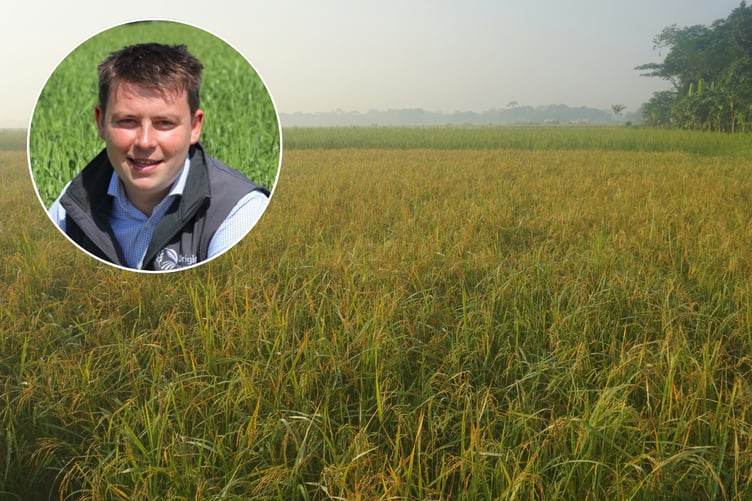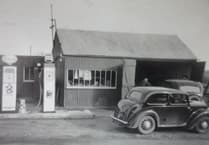Lighter first and second cuts with slow maize germination in some parts of the Westcountry, means farmers should be looking to push grass growth for later cuts to fill clamps this season, but quality should still be a high priority.
With warm weather set to continue, extending the grass season should allow farmers to supplement early season deficits and ensure clamps are well stocked. Guillaume Franklin, South West based nutrition agronomist at Origin Soil Nutrition, says this could mean investing in tailored nutrition now to ensure quality and yield are maintained in any later cuts.
He explained: “Many farmers will be concerned about lower than expected clamp levels following early cuts, and, although the quality may be high, achieving the required ‘belly fill’ to maintain milk production will now be a priority. Grass may require additional inputs to extend the growing period and avoid swards becoming stemmy and unpalatable in the later season. Heavy overnight dews can provide 0.5mm of moisture to begin dissolving granules when there is little rain in the forecast, so applying fertiliser will have an impact on grass.”
Farmers could focus on improving later season grass palatability by applying sodium ahead of any further planned cuts. Sodium helps regulate the potassium to magnesium and potassium to sodium ratio.
Independent trial data from Bangor University showed the use of sodium, alongside nitrogen, delivered an improved intake (kg DM/cow/day) of 18.6 per cent, while increasing milk yield by an average of 9.3 per cent.
Guillaume continued: “Applying sodium to grass, at 10kg/ha, is like us putting salt on our food to improve the taste. Sodium will increase palatability and allows later grass cuts to be higher quality, avoiding crops becoming fibrous and stemmy. Aiming for additional cuts of quality grass later this season will help ease concerns of forage shortages this winter.”





Comments
This article has no comments yet. Be the first to leave a comment.